by The Crunchy Canine | Jan 20, 2025 | TESTIMONIALS
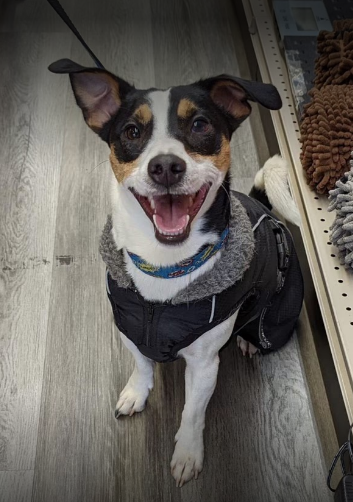
“We had an amazing experience doing the reactive rover program with Lia at The Crunchy Canine. We have a Jack Russell named Mack who was very reactive when he was on the leash and saw people, kids, or other dogs. He also pulled heavily on the leash when we were on walks. After our first session with Lia, we noticed an immediate change in his behaviour. The customized approach was exactly what Mack needed. We couldn’t be happier with our experience and the results!”
Andrea with Mack in Hamilton
by The Crunchy Canine | Jan 20, 2025 | TESTIMONIALS
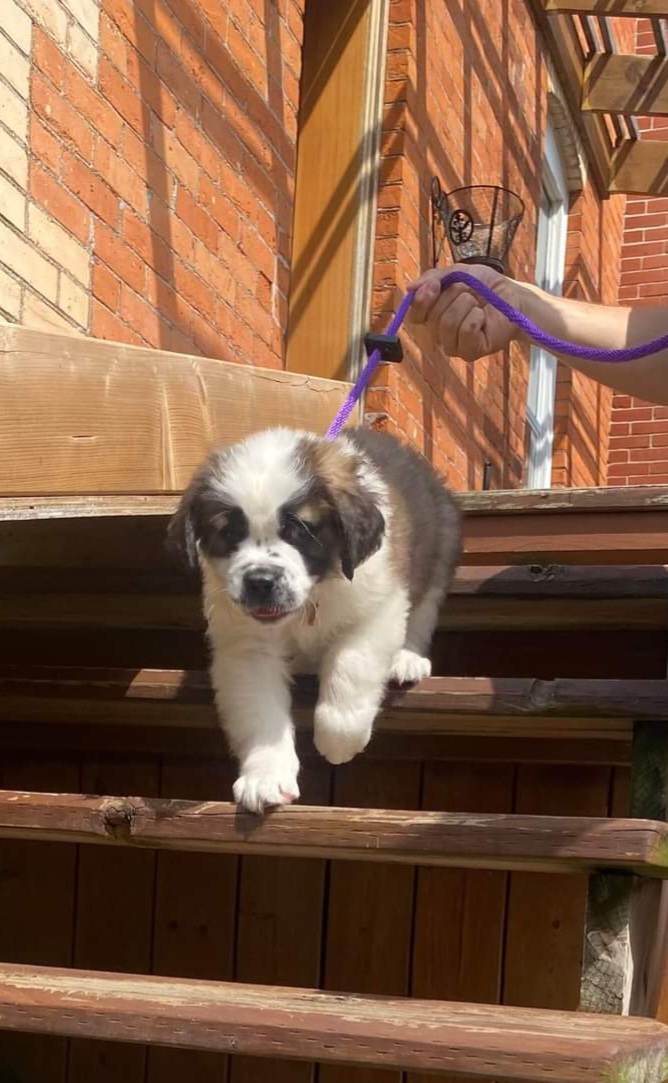
“We hired The Crunchy Canine for private dog training lessons for our new puppy, she was born blind – and they were FANTASTIC in being able to work with us to modify training techniques to apply to her specific situation. We also worked on teaching her specific commands, such as ‘step up’ and ‘step down’, ‘stairs up’, ‘left’, ‘right’, etc. Very important commands for a blind dog to navigate her surroundings. Most people we meet have no idea she is blind because she is confident and well equipped to handle her surroundings. We really appreciated the time they spent with us and with our puppy, Lily, to set her up for success and such a bright future. Thank you specifically to our trainer Lia!”
Katherine with Lily in Hamilton
by The Crunchy Canine | Nov 17, 2024 | BLOG
Why Rabbit Feet Are a Healthy Treat for Dogs
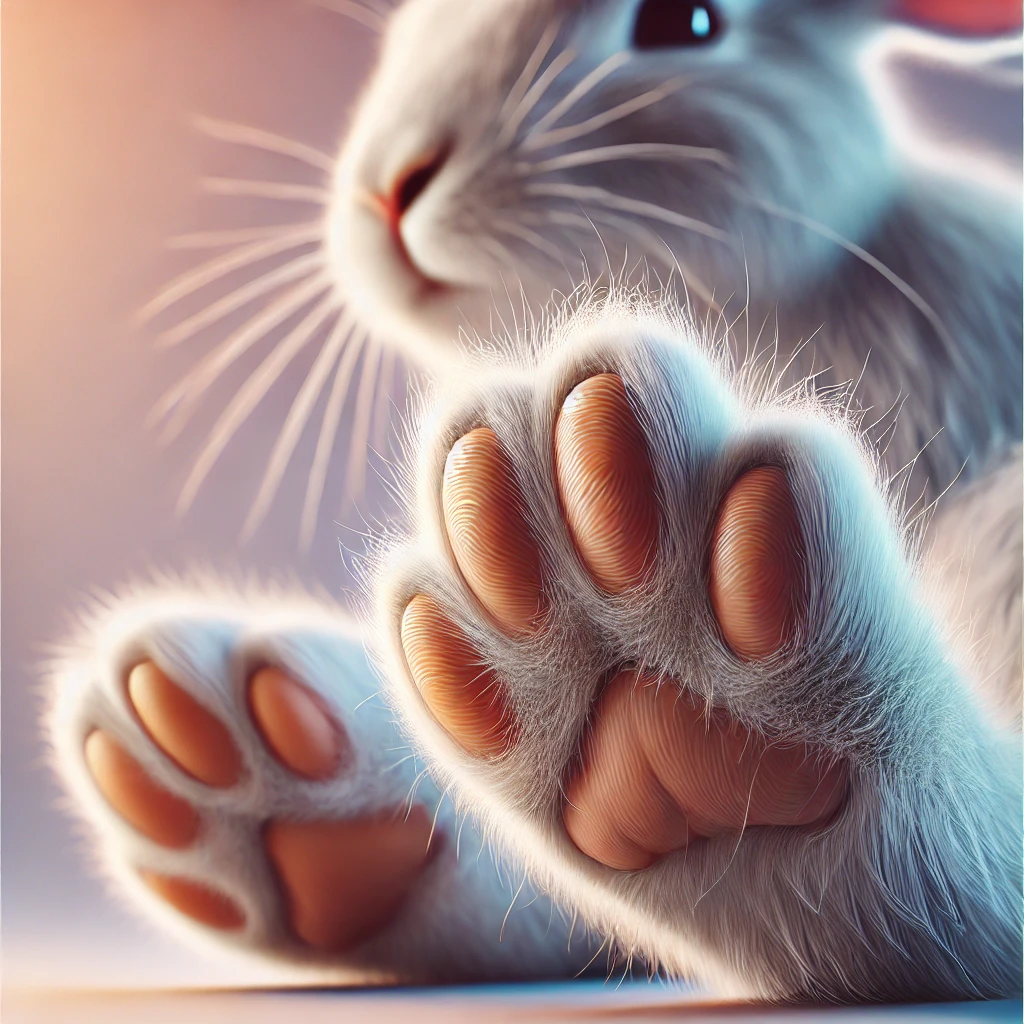 As dog owners, we’re always looking for nutritious and natural treats to keep our pets happy and healthy. Rabbit feet are a unique option that provides a range of benefits for your furry friend. Here’s why rabbit feet can be a great addition to your dog’s diet:
As dog owners, we’re always looking for nutritious and natural treats to keep our pets happy and healthy. Rabbit feet are a unique option that provides a range of benefits for your furry friend. Here’s why rabbit feet can be a great addition to your dog’s diet:
1. Packed with Nutrients
Rabbit feet are rich in protein and essential nutrients like calcium and phosphorus. These minerals are vital for strong bones, teeth, and overall skeletal health. The natural composition of rabbit feet ensures your dog gets these benefits without added fillers or synthetic additives.
2. Supports Dental Health
Chewing on rabbit feet acts as a natural toothbrush for dogs. The crunchiness helps scrape away plaque and tartar, promoting healthier gums and reducing bad breath. Regular chewing can help maintain oral hygiene naturally.
3. Great for Digestive Health
Rabbit feet are an excellent source of natural fiber due to their fur. The fur acts as a natural dewormer by sweeping through your dog’s digestive tract, which can help keep their gut clean and healthy.
4. Low in Fat and Hypoallergenic
Rabbit meat and byproducts, like feet, are lean and low in fat, making them a good treat for dogs prone to weight gain. Additionally, rabbit is considered a novel protein, so it’s an excellent option for dogs with food allergies or sensitivities to more common proteins like beef or chicken.
5. Encourages Natural Instincts
Gnawing on rabbit feet satisfies your dog’s natural chewing instincts and provides mental stimulation. This can reduce boredom and help prevent destructive chewing behaviors.
How to Serve Rabbit Feet
Rabbit feet can be fed raw, air-dried, or freeze-dried. Always ensure the product is sourced from a reputable supplier to guarantee it’s safe and free from harmful chemicals. Supervise your dog while they enjoy this treat, especially if they’re new to chewing.
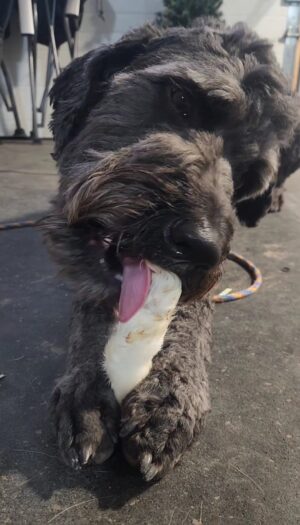
by The Crunchy Canine | Jun 18, 2024 | BLOG
As dog owners, we often spend a lot of time training obedience commands, taking our dogs for walks around the block, and complaining about all the things our dogs do that annoy us or the things we wish our dogs knew how to do….but do we spend much time thinking about how we can be a better dog owner? One easy and simple thing we can do to be better dog owners is to play with our dogs.
Here are 6 great reasons you should be adding play to your daily routine with your dog!
1. Physical Exercise: Play helps keep dogs physically fit, preventing obesity and related health issues.
2. Mental Stimulation: Engaging in play challenges a dog’s mind, preventing boredom and reducing the risk of destructive behaviour.
3. Socialization: Play with other dogs and humans helps dogs learn social cues, build social skills, and develop good manners.
4. Stress Relief: Play can reduce stress and anxiety, providing an outlet for pent-up energy and emotions.
5. Bonding: Play strengthens the bond between dogs and their owners, fostering trust and companionship.
6. Behavioural Benefits: Regular play can improve a dog’s overall behaviour, and promoting a well-balanced temperament.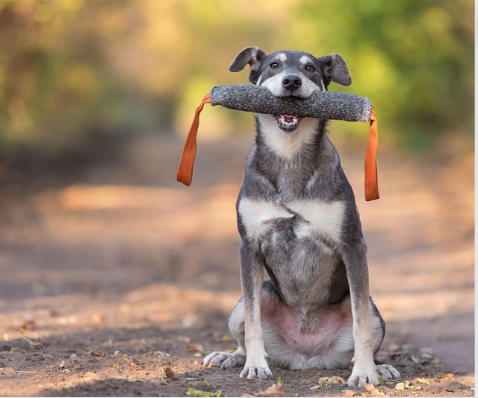
by The Crunchy Canine | Dec 17, 2023 | TESTIMONIALS
“I highly recommend Katherine and her team at The Crunchy Canine. Training is tactful and effective, for both humans and doggies. Big bonus if you can also tap into puppy socialization.
As a first-time dog owner, I gained confidence in how to handle all sorts of dog situations, and can take Benji with me to many places now. He walks beside me nicely, doesn’t snarl at other dogs across the street and has even grown to like the cat.
All through the guidance and education from The Crunchy Canine. Thank you.”
Karen with Benji in Hamilton, Ontario






